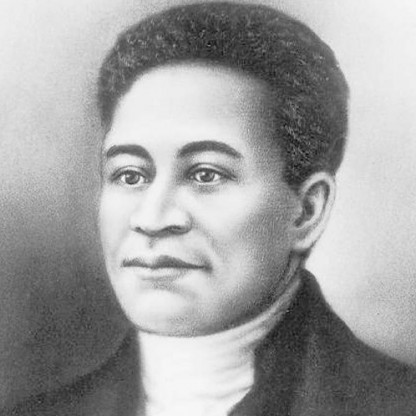Nasseri was reportedly the inspiration behind the character Viktor Navorski, from the 2004 Steven Spielberg film The Terminal; however, neither publicity materials, nor the DVD "special features" nor the film's website mentions Nasseri's situation as an inspiration for the film. Despite this, in September 2003, The New York Times noted that Steven Spielberg had bought the rights to his life story as the basis for The Terminal. The Guardian indicates that Spielberg's DreamWorks production company paid US$250,000 to Nasseri for rights to his story and report that, as of 2004, he carried a poster advertising Spielberg's film draping his suitcase next to his bench. Nasseri was reportedly excited about The Terminal, but it was unlikely that he would ever have had a chance to see it in cinemas.














